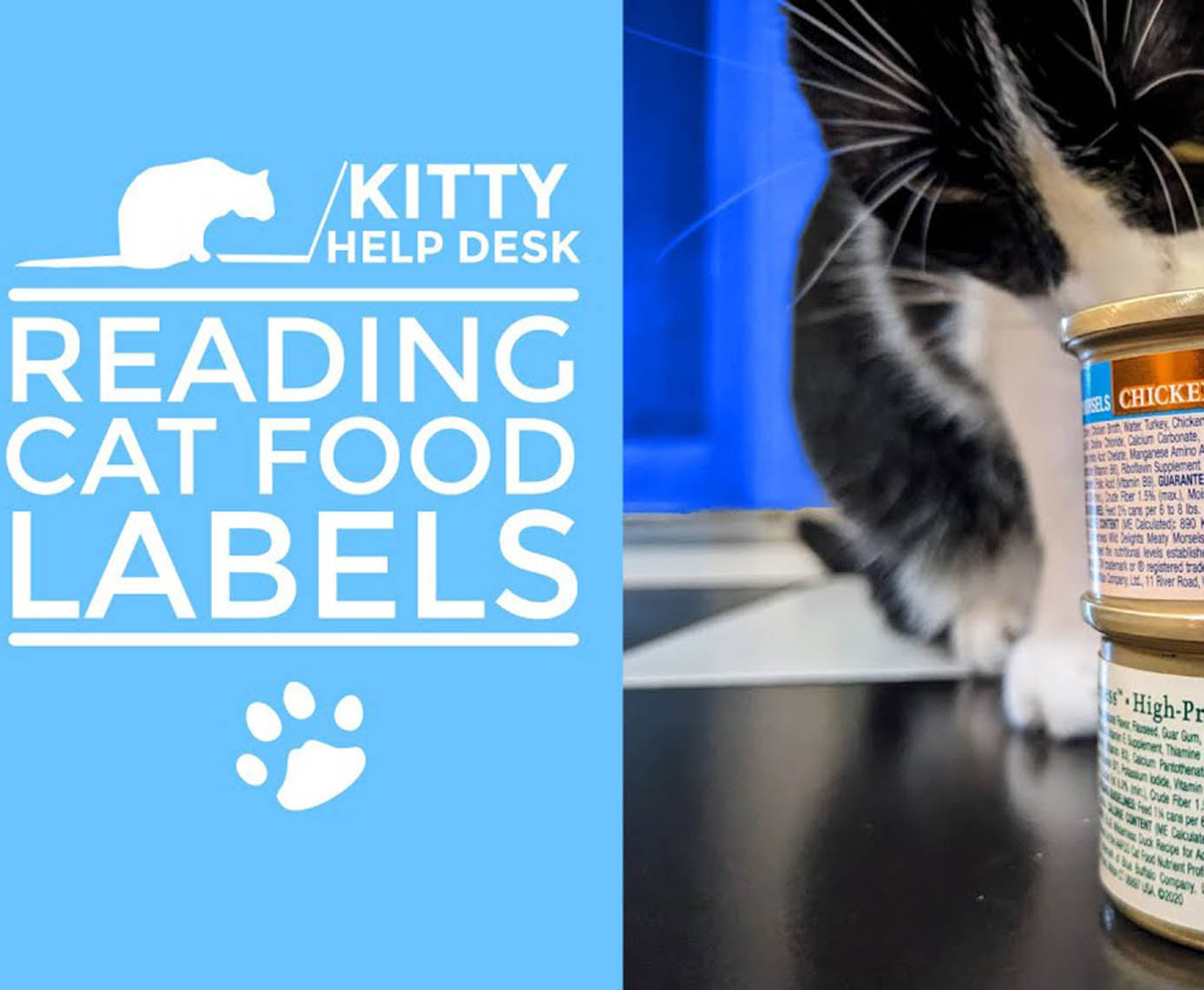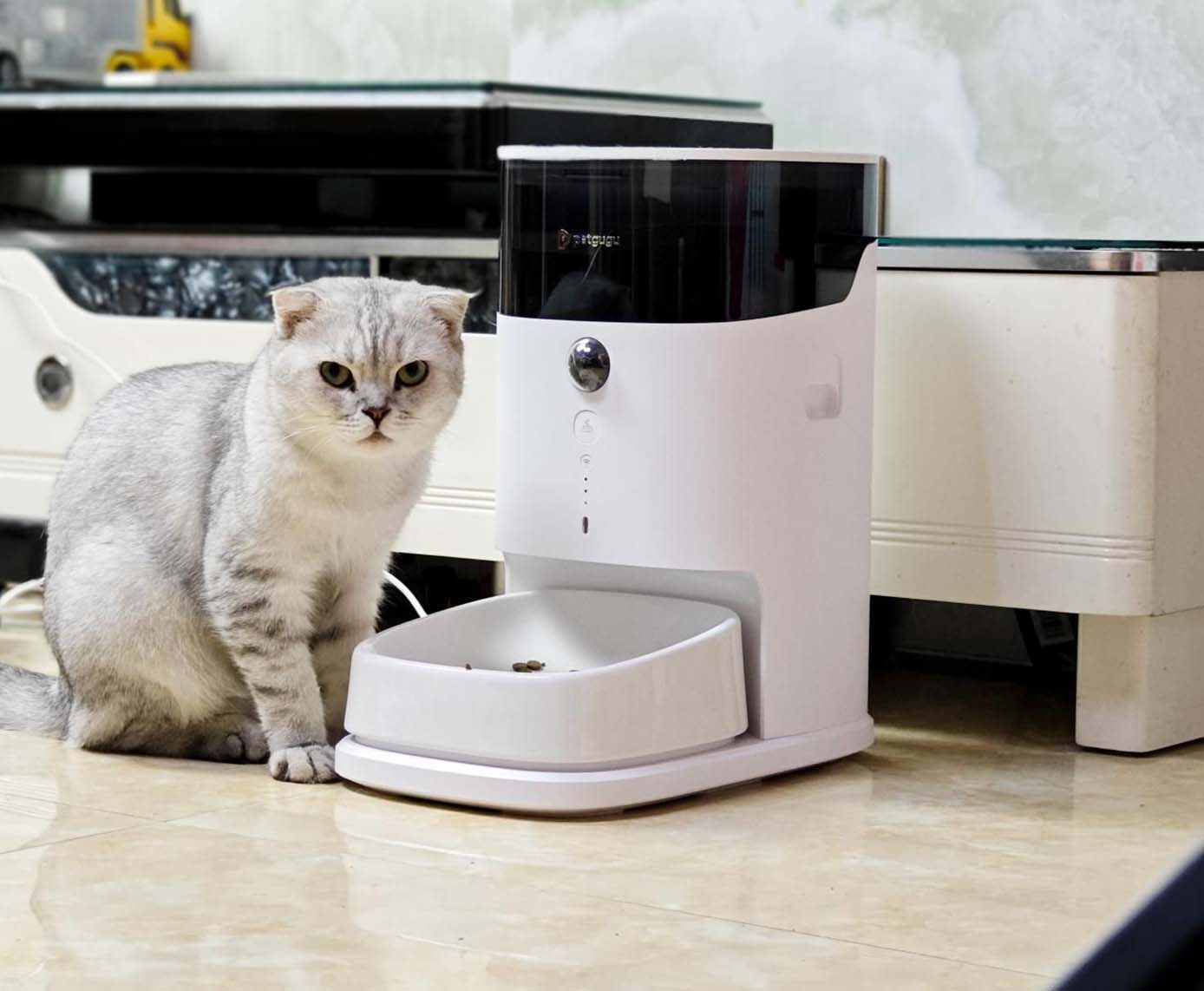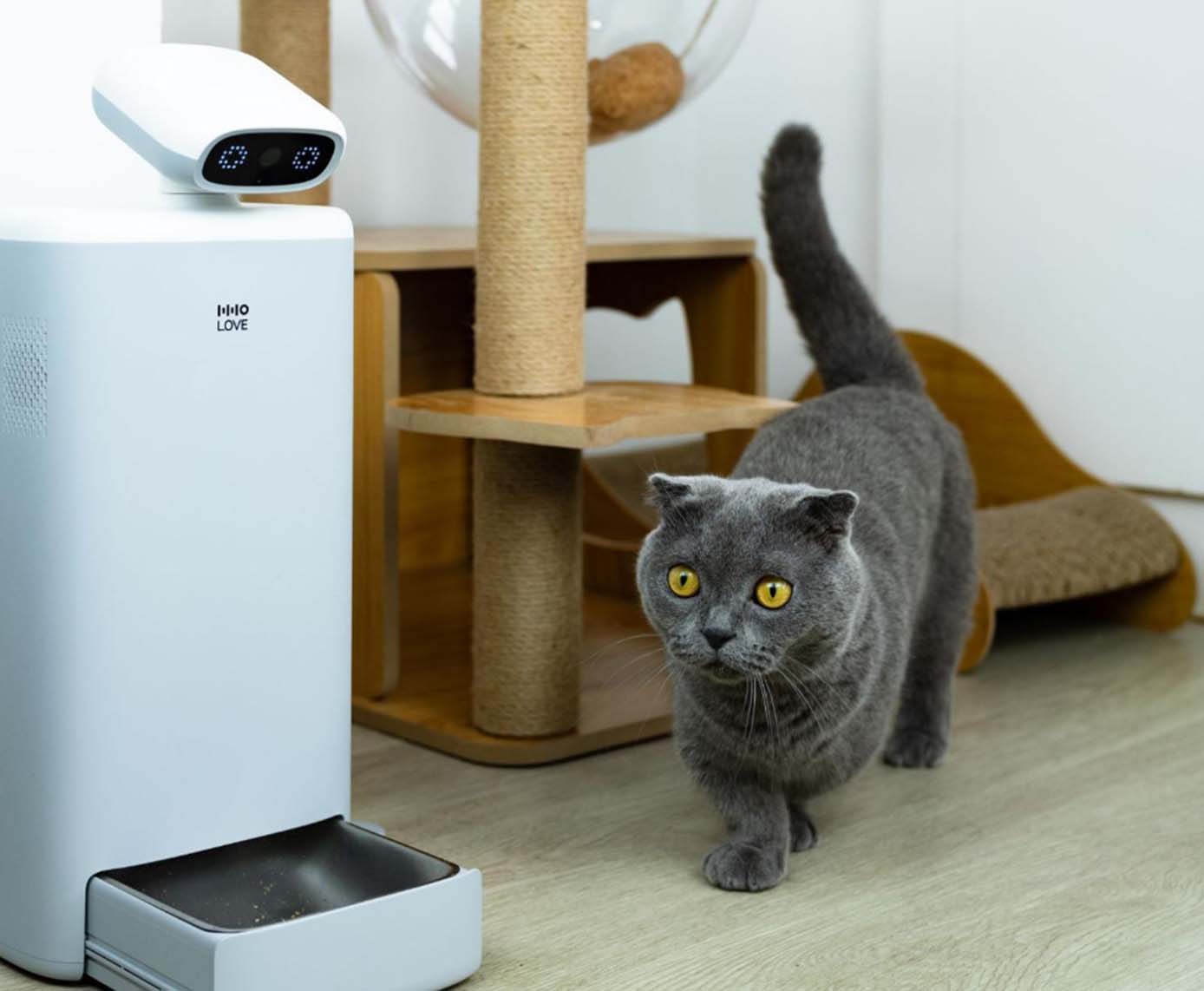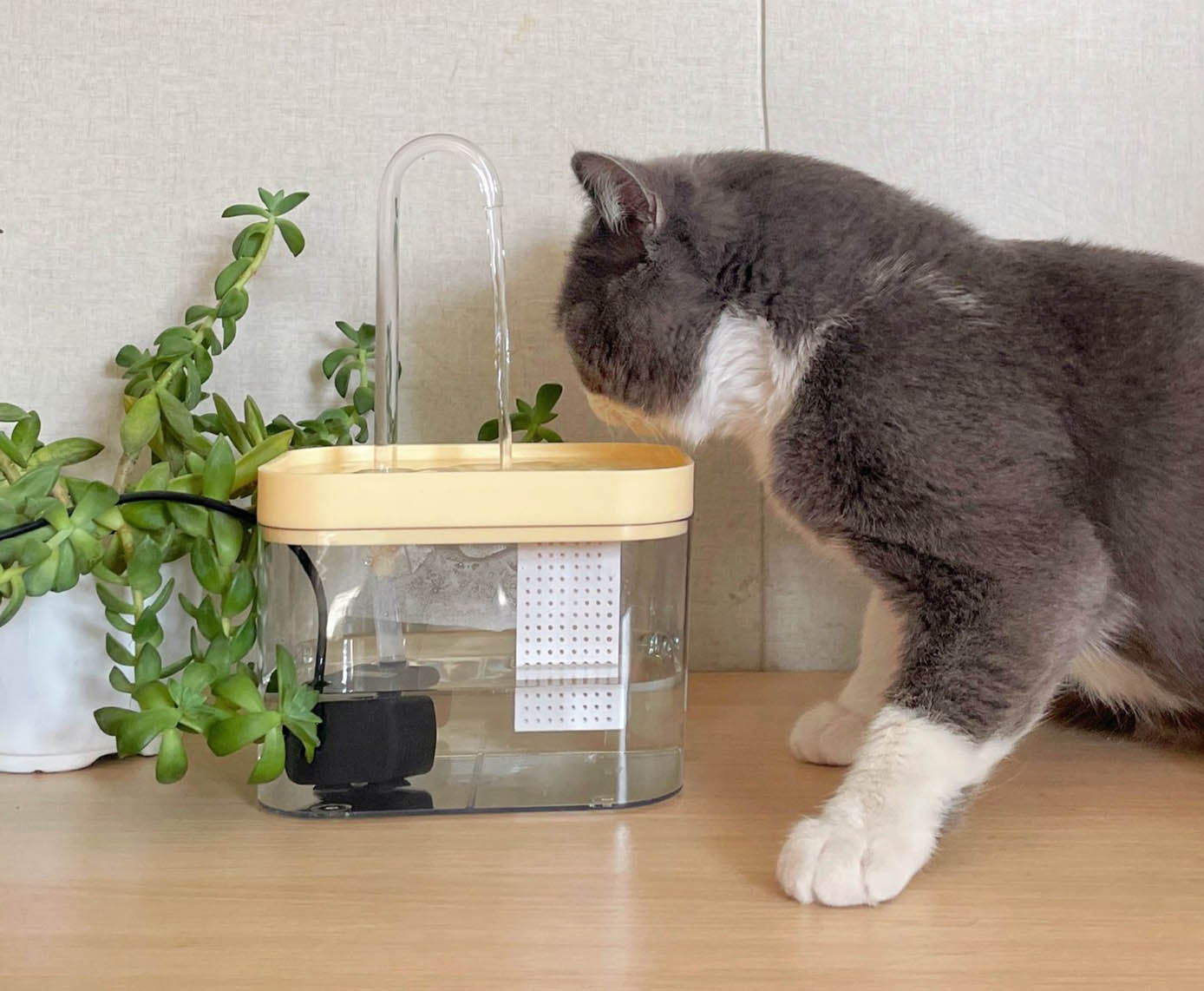Choosing the right food for your cat is one of the most important decisions you can make to ensure their health and well-being. With an overwhelming array of options available in pet stores, understanding cat food labels can help you make an informed choice. This comprehensive guide will walk you through how to read and interpret cat food labels, highlighting what to look for and what to avoid to ensure you’re providing the best nutrition for your feline companion.
1. Decoding Cat Food Labels
a. Understanding the Ingredients List
The ingredients list on a cat food label provides crucial information about what’s inside the food. Ingredients are listed in descending order by weight, so the first few ingredients make up the majority of the food.
- High-Quality Protein Sources: Look for named animal proteins such as chicken, turkey, beef, or fish as the first ingredient. These proteins are essential for your cat’s health, supporting muscle maintenance and overall energy levels.
- Whole Foods: Ingredients like whole grains (e.g., brown rice, barley) or vegetables (e.g., sweet potatoes, peas) can provide essential vitamins and minerals.
- By-products: Ingredients like “poultry by-product meal” or “meat by-products” are lower-quality protein sources and can include parts of the animal not typically consumed by humans. They may not offer the same nutritional benefits as whole meat sources.

b. Analyzing Nutritional Information
Cat food labels include nutritional analysis that tells you the percentages of protein, fat, fiber, and moisture.
- Protein: Cats are obligate carnivores, meaning they require high levels of protein for optimal health. Look for foods with a protein content of at least 30-40% for dry food and 8-12% for wet food.
- Fat: Fat is a crucial energy source and helps maintain a healthy coat. Ideal fat content for dry food is about 15-25%, and for wet food, it’s typically around 5-10%.
- Fiber: Fiber aids in digestion and helps prevent hairballs. A reasonable fiber content is around 2-4% for dry food and 0.5-1% for wet food.
- Moisture: High moisture content in wet food (about 75-80%) helps with hydration and is beneficial for cats with urinary tract issues.
c. Guaranteed Analysis
The Guaranteed Analysis section provides minimum and maximum percentages of nutrients, including protein, fat, fiber, and moisture. It’s important to compare these values with your cat’s specific needs and health conditions.
2. Key Components to Look For
a. High-Quality Proteins
- Named Proteins: Ensure the food lists specific animal proteins, such as “chicken” or “salmon,” rather than generic terms like “meat” or “poultry.”
- Amino Acids: Essential amino acids like taurine, arginine, and methionine should be present. Taurine is particularly crucial as it supports heart and eye health.
b. Essential Fatty Acids
- Omega-3 and Omega-6: Look for sources of omega fatty acids, like fish oil or flaxseed. These are important for maintaining a healthy coat and reducing inflammation.
c. Vitamins and Minerals
- Essential Vitamins: Check for added vitamins like A, D, and E, which support vision, bone health, and immune function.
- Minerals: Minerals like calcium, phosphorus, and potassium are important for bone health and overall metabolic functions.
d. Digestibility
- Probiotics: Some cat foods include probiotics, which can aid in digestion and support gut health.
- Prebiotics: Ingredients such as beet pulp can act as prebiotics, promoting healthy digestion and nutrient absorption.
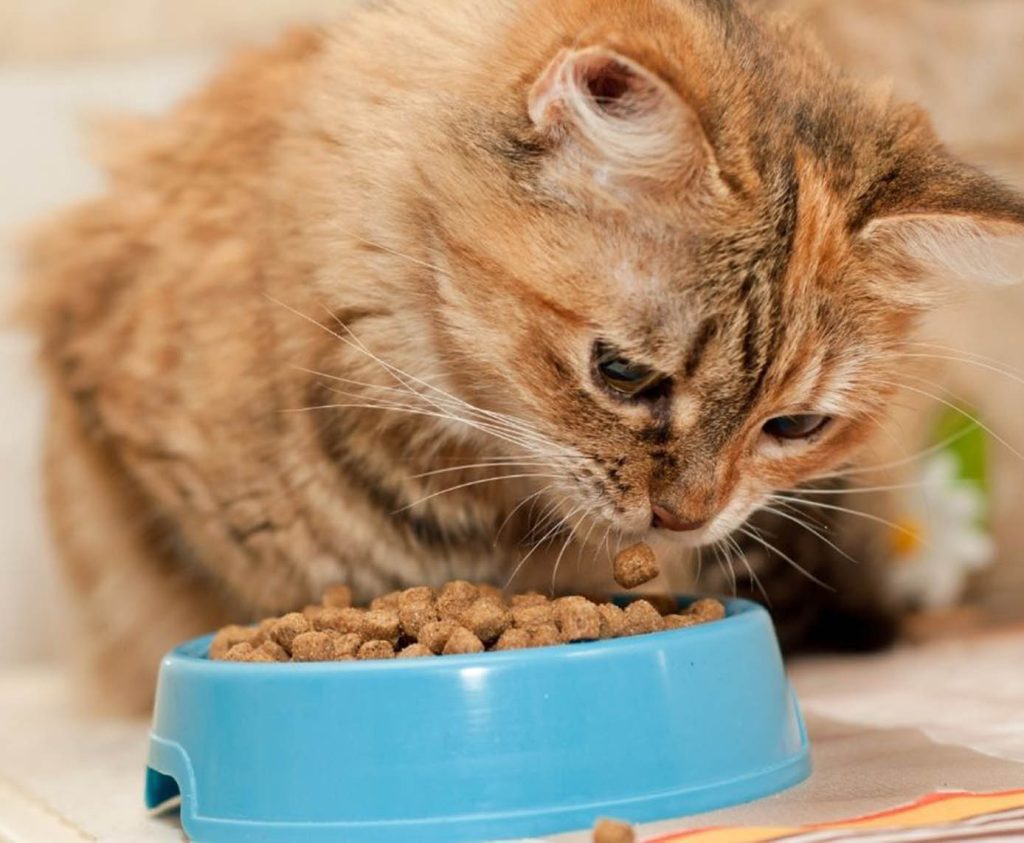
3. What to Avoid in Cat Food
a. Unnamed Animal By-products
- By-products: Avoid foods that list unnamed by-products, such as “meat by-products” or “poultry by-products.” These can include lower-quality ingredients that may not be as nutritious.
b. Fillers and Artificial Additives
- Corn and Soy: These are often used as fillers and provide little nutritional value. They can also be allergens for some cats.
- Artificial Colors and Flavors: These additives are unnecessary and can potentially cause allergic reactions or sensitivities.
c. Excessive Carbohydrates
- High Carbs: Cats have minimal dietary requirements for carbohydrates. Foods with excessive fillers like corn, wheat, or rice can lead to obesity and diabetes.
d. Low-Quality Proteins
- Meat Meals: While meat meals (e.g., chicken meal) are not inherently bad, they should be named and not simply listed as “meat meal” or “animal meal,” which can be vague and less nutritious.
4. Special Considerations for Different Life Stages
a. Kitten Food
- High Protein and Fat: Kittens require more protein and fat to support their rapid growth and energy needs. Look for foods specifically formulated for kittens with higher levels of these nutrients.
b. Adult Cat Food
- Balanced Diet: Adult cats need a balanced diet with moderate protein, fat, and fiber levels to maintain their health and weight.
c. Senior Cat Food
- Lower Calories and Increased Fiber: Senior cats may benefit from food that is lower in calories but higher in fiber to maintain a healthy weight and support digestion.
5. Health Conditions and Dietary Needs
a. Weight Management
- Low-Calorie Options: If your cat is overweight, look for weight management formulas with lower calories and higher fiber to help them feel full longer.
b. Urinary Health
- Moisture-Rich Foods: Wet foods are beneficial for urinary health as they increase fluid intake. Some formulas also include ingredients to support urinary tract health.
c. Allergies and Sensitivities
- Limited Ingredient Diets: For cats with food allergies or sensitivities, consider limited ingredient diets that use novel proteins and avoid common allergens like grains.
d. Digestive Issues
- Easily Digestible Foods: Cats with digestive issues may benefit from foods that are easy on the stomach and include prebiotics or probiotics.
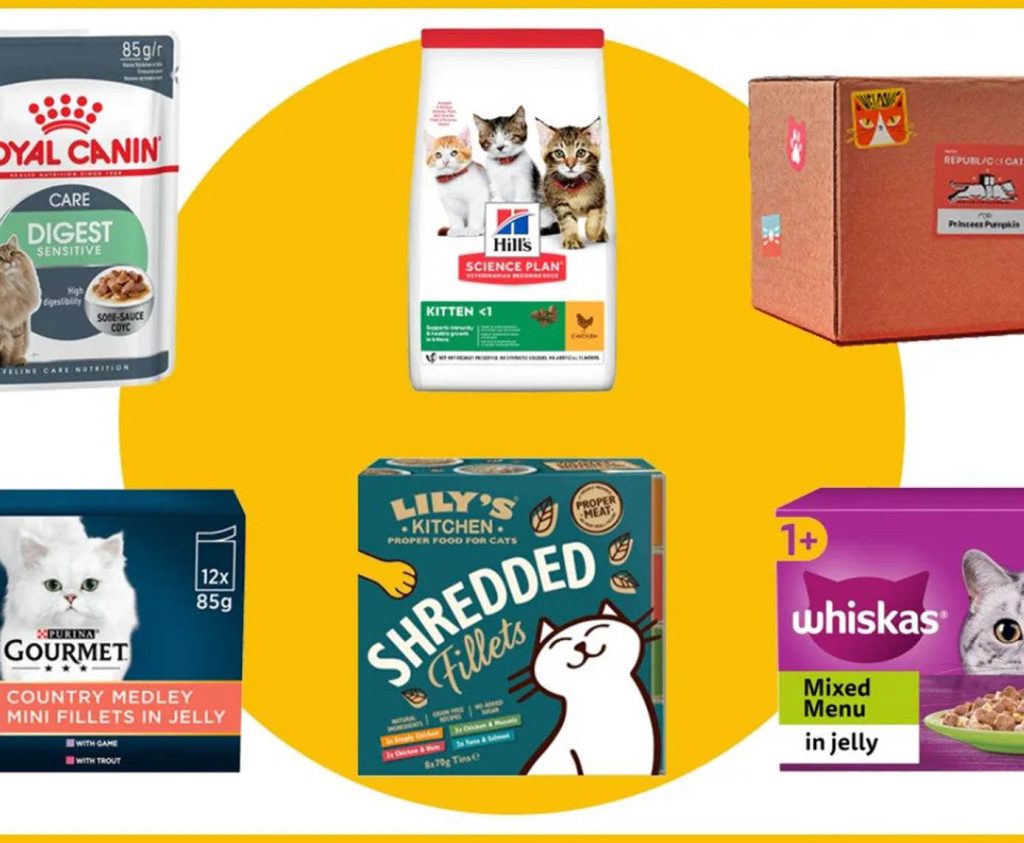
6. Evaluating Cat Food Brands
a. Reputation and Transparency
- Brand Reputation: Research brands with a good reputation and transparency about their sourcing and manufacturing processes. Look for brands that provide detailed information about ingredient sourcing and quality control.
b. Reviews and Recommendations
- Customer Reviews: Check reviews from other cat owners to gauge the effectiveness and palatability of the food. Recommendations from your veterinarian can also be valuable.
c. Nutritional Adequacy Statements
- AAFCO Approval: Ensure the food meets the standards set by the Association of American Feed Control Officials (AAFCO) for complete and balanced nutrition.
Understanding cat food labels is essential for providing your feline friend with a nutritious and balanced diet. By paying close attention to ingredient lists, nutritional analysis, and avoiding harmful additives, you can make informed decisions that promote your cat’s health and well-being. Always consider your cat’s specific needs and consult with your veterinarian to tailor their diet appropriately.
